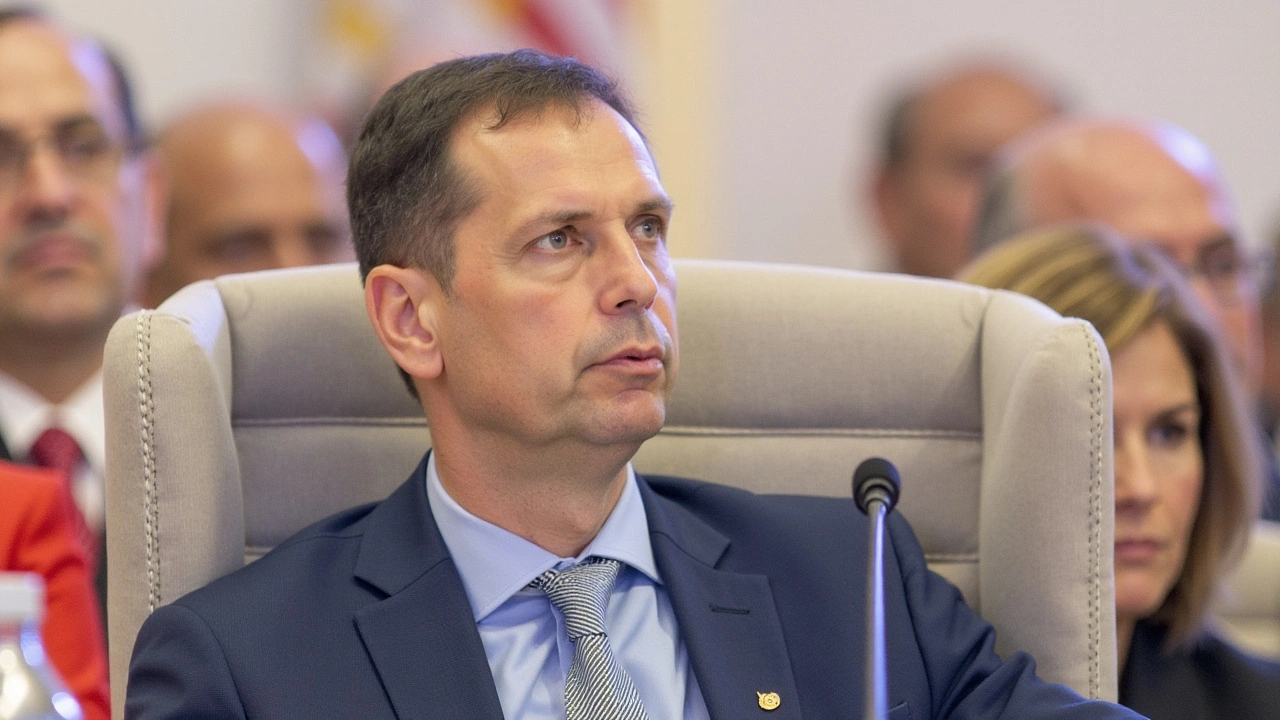Rebuilding Syria: What It Takes to Restore a Nation
After years of devastating conflict, Syria faces one of the toughest rebuilds in recent history. Cities lie in ruins, infrastructure is damaged, and millions of people need support to get their lives back on track. But how do you even start rebuilding a country torn apart by war? Let’s break down the key challenges and steps involved.
The Scale of Destruction
Syria’s war has wrecked homes, roads, hospitals, and schools. Many urban areas like Aleppo, Homs, and Raqqa were destroyed or heavily damaged. Restoring basic services like water and electricity is a harsh first step. Without functioning infrastructure, other rebuilding efforts struggle to move forward.
Another challenge is the displaced population. Millions fled the country or are internally displaced. Any reconstruction effort must account for their safe return along with rebuilding their homes and livelihoods. It’s not just physical rebuilding — it’s about restoring community and trust.
Who Is Leading the Rebuilding Efforts?
Rebuilding Syria involves local authorities, neighboring countries, and international organizations, but it’s complicated by political tensions and sanctions. Countries like Russia and Iran support Syria’s government reconstruction projects, while Western nations often focus on humanitarian aid but hesitate on political grounds.
International aid agencies work tirelessly to provide food, medicine, and shelter, but long-term reconstruction requires large investments and political stability. This includes repairing schools to help kids get back to education and rebuilding hospitals to improve healthcare access—essential for a healthy society.
Sustainability is also key. Experts stress rebuilding with stronger infrastructure and boosting local economies through job creation in construction and agriculture. Without sustainable plans, old problems can easily come back after rebuilding.
Rebuilding Syria is not a quick fix, but progress is happening slowly. Understanding these challenges helps us appreciate the complexity behind the headlines and why supporting a peaceful, coordinated effort is so important for Syria’s future.

Syria's Future After Assad: A Shattered Nation Rebuilding from Repressive Ruins
The downfall of Bashar al-Assad's regime signifies the end of a 50-year legacy of repression in Syria. Accusations of war crimes, including chemical weapon use, torture, and mass killings, define his governance. With over half a million deaths in the civil war, the nation's recovery depends on addressing economic devastation and political stability. Worldwide calls for accountability spark hope for justice and renewal.
Categories
- Sports (146)
- Politics (22)
- Entertainment (20)
- World (15)
- News (10)
- Lifestyle (8)
- Business (6)
- Technology (3)
- Health (3)
- Environment (2)



